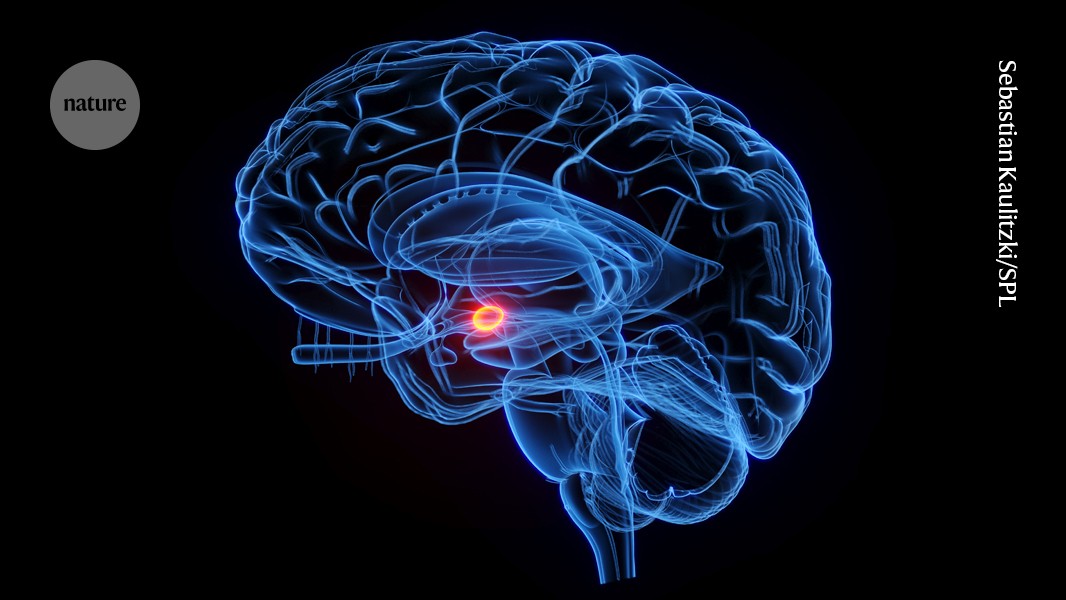New AI Model Challenges Traditional Assumptions in Protein Folding

Summary:
A new AI model developed by researchers offers unprecedented insights into the complex process of protein folding, challenging long-standing assumptions in the field. The model, named 'AlphaFold 2.0,' significantly improves the accuracy of protein structure predictions and opens new avenues for research in biology and medicine.Key Insights:
-
Revolutionizing Protein Folding: AlphaFold 2.0 offers a remarkable improvement in predicting protein structures, a task that has puzzled scientists for decades. The model's accuracy has been compared to experimental results, showing a significant leap in performance.
-
Implications for Biology and Medicine: The improved accuracy in protein structure prediction has far-reaching implications, potentially accelerating research in drug discovery, understanding diseases at a molecular level, and designing novel enzymes for industrial applications.
-
Challenges to Traditional Assumptions: The success of AlphaFold 2.0 challenges the traditional assumptions about the complexity of protein folding. It suggests that with the right computational tools, the seemingly insurmountable problem of predicting protein structures can be tackled more effectively.
-
Future Research Directions: The development of AlphaFold 2.0 opens new avenues for research, including the exploration of protein interactions, the dynamics of protein folding, and the development of new algorithms to further improve predictive accuracy.
Takeaways:
The introduction of AlphaFold 2.0 marks a significant milestone in the field of protein folding, offering new insights and challenging long-held assumptions. This breakthrough has the potential to transform biology and medicine by providing more accurate predictions of protein structures, thereby accelerating research and applications in various scientific domains.